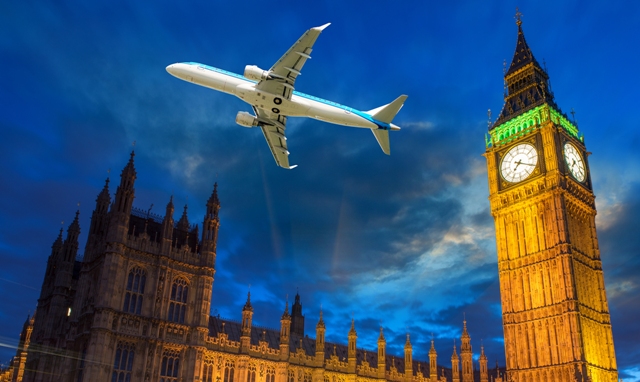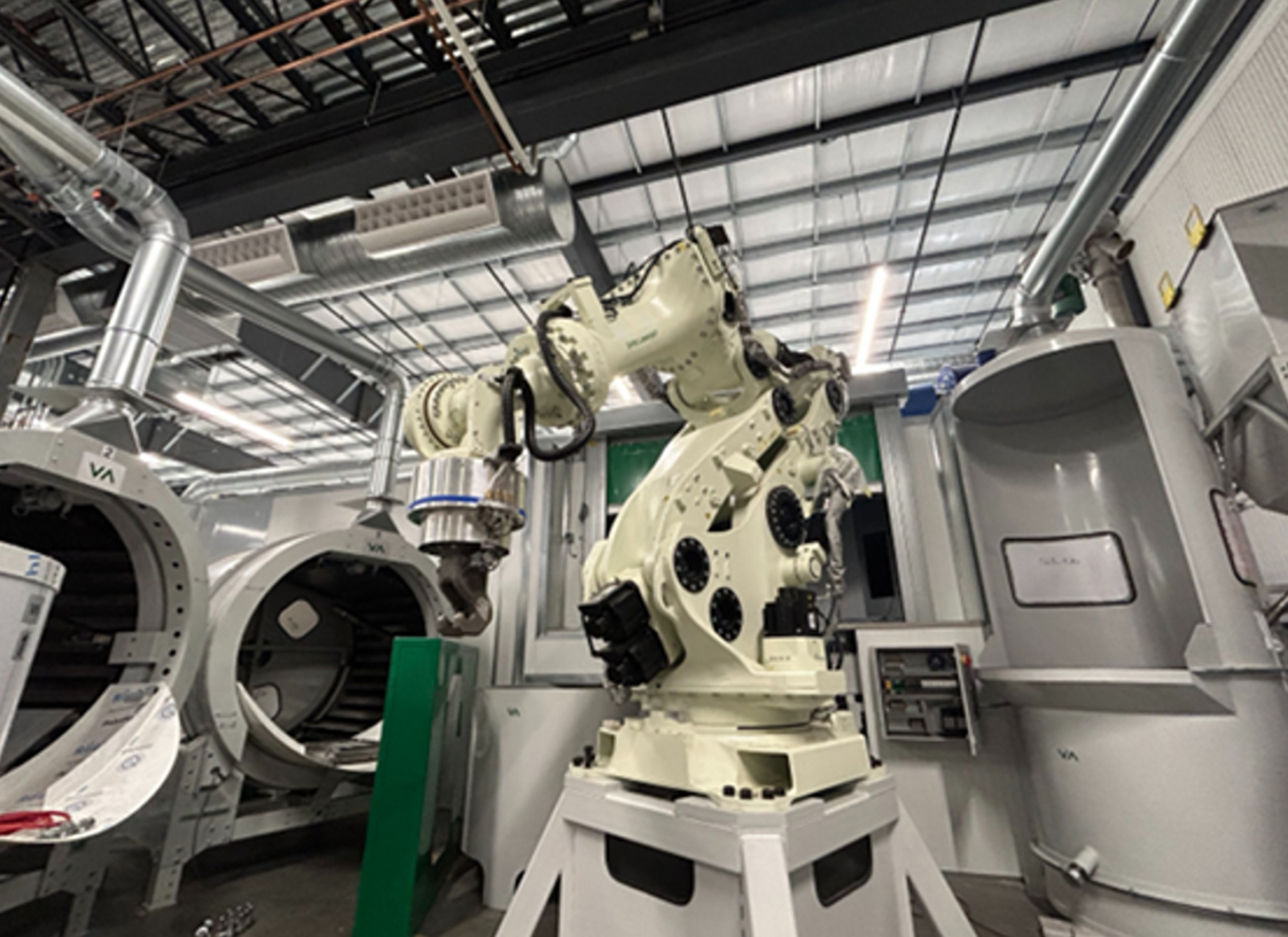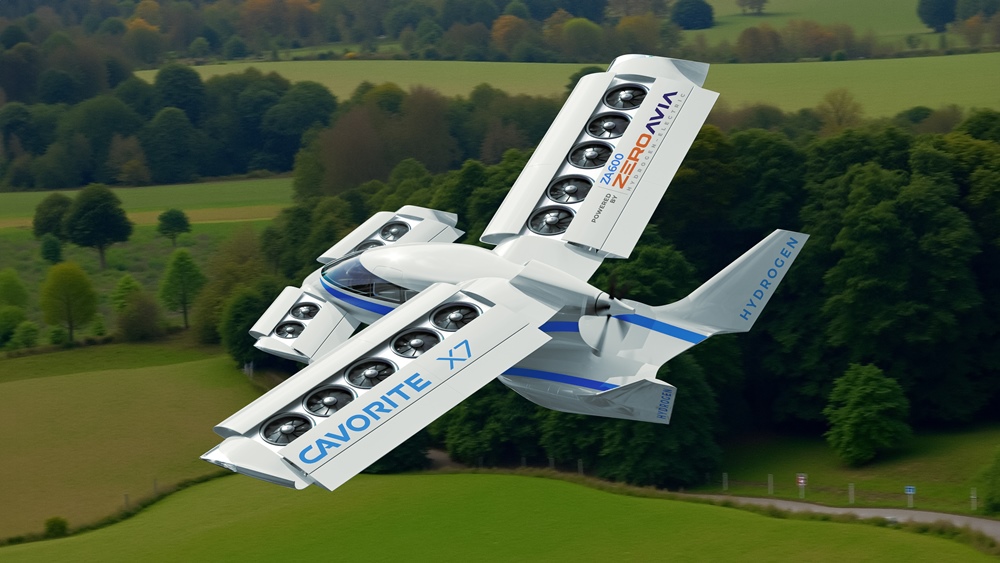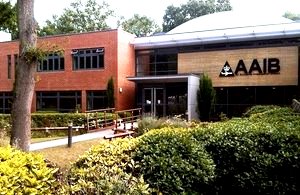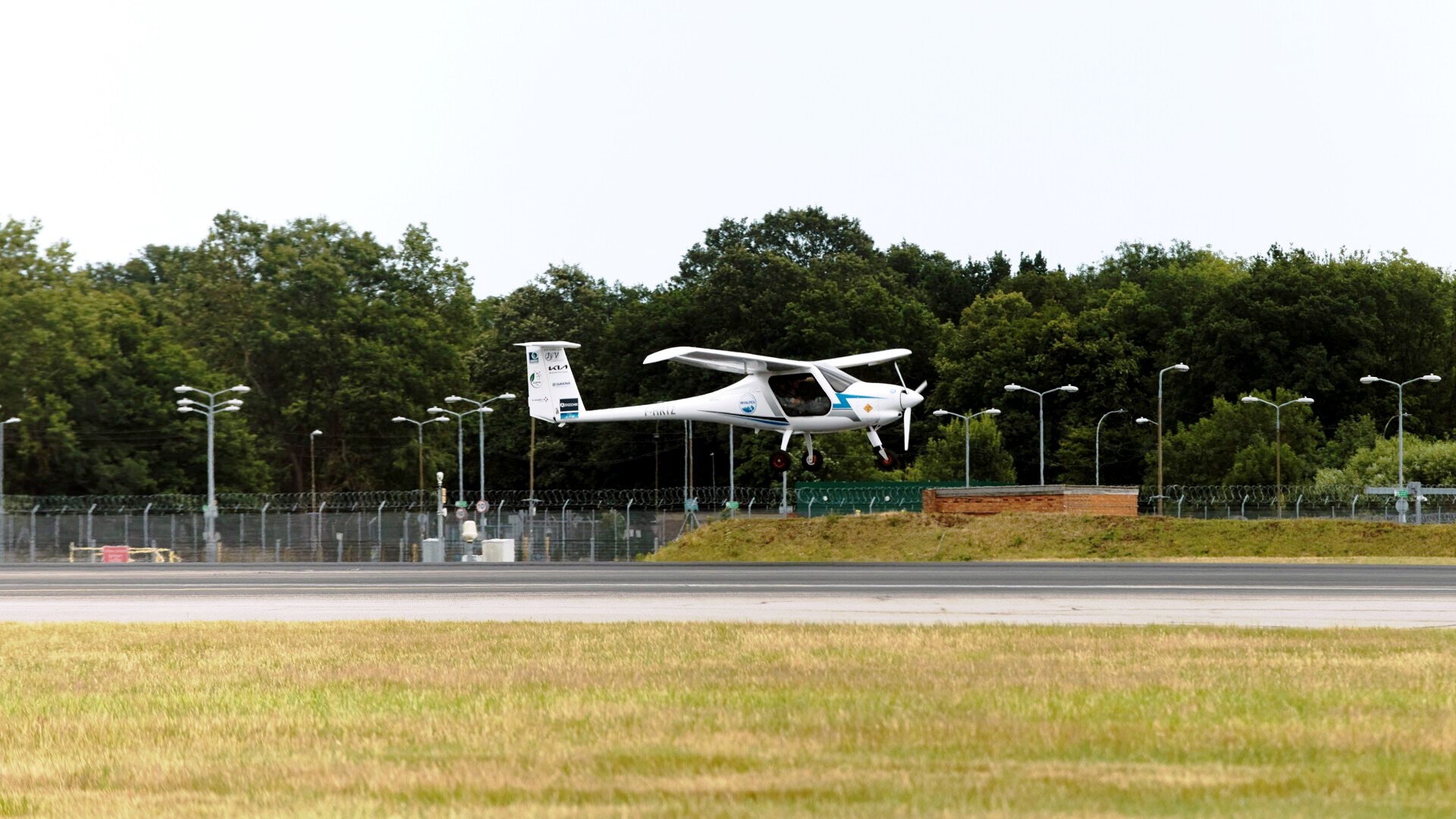IBA reveals impact of ESG aviation regs

Image copyright Shutterstock
In IBA’s latest webinar, its experts revealed that there are four main driving forces for ESG investing: government and regulatory pressure, ESG material risk and growth, consumer awareness and Covid-19 as a catalyst.
IBA looked at two case studies to demonstrate the impact ESG regulations are having on the aviation industry, ultimately highlighting that the two will have differing impacts on certain airlines and airline types.
The first case study was CORSIA, which has a monitoring, reporting and verification (MRV) process with a baseline set at 85% of 2019 emissions. Implementation has already begun with a pilot phase for volunteering states. However, in the next few years, it will become operational on a mandatory basis.
IBA states that emissions are unlikely to exceed the baseline level until 2024 when demand returns close to pre-pandemic levels. However, it’s not until 2027 that all states are mandated to join.
Despite being a global scheme, CORSIA won’t impact regions uniformly. According to data from IBA’s NetZero platform, due to the nature of the European flight network, almost 65% of all European traffic is subject to CORSIA MRV, including a significant portion of short and medium-haul flights. In comparison, only 29% of North American emissions are subject to MRV.
The second case study influencing ESG in the market is the EU ETS. Low-cost carriers have a high amount of exposure to the ETS because of the nature of their network and fleet. For example, Ryanair has a total of 13.51 MtCO2 (metric tonnes of CO2) with 10.24 MtCO2 subject to EU ETS according to data from IBA NetZero.
Whereas flag carriers and network operators, the majority of whose emissions are generated on long-haul sectors by widebody aircraft, have very little exposure to European carbon prices. Instead, these will be more exposed to CORSIA offset obligations should the industry breach the baseline. For example, Lufthansa has a total of 17.82 MtCO2 with just 3.65 MtCO2 subject to EU ETS as revealed by IBA NetZero.
When comparing the schemes, carbon prices in the EU ETS are 20 times higher than a CORSIA offset and IBA predicts that is likely to remain the case for the foreseeable future. This stark difference is first because the EU ETS was formulated and implemented in 2005, despite aviation not being included until 2012. This meant that for many years the carbon price was low due to a surplus of allowances in the market. It is only in recent years that the EU allowance (EUA) price has grown to a sufficient price to incentivise transitions.
Second, while CORSIA may have a similar development pattern, international aviation has not yet exceeded the CORSIA baseline, meaning voluntary offsetting obligations remain negligible. Once the baseline is surpassed, the massive surplus of certified offset projects will begin to decrease and will continue to do so when the policy becomes mandatory in 2027.
However, IBA states that it is unlikely CORSIA will ever match the EUA price. The nature of CORSIA means that the price will be determined by the availability and credibility of offset projects. By comparison, the EUA reflects the price of emitting a tonne of carbon, which will continue to rise as the cap reduces and it becomes more beneficial to actively reduce Scope 1 emissions.
Aviation regulations are set to be included in the newest version of the EU Taxonomy, and these will come into force from January 2024. This means that under the correct parameters, investing in aviation will be a ‘green investment’. This will result in more money flowing into the industry, allowing for investment into SAF, carbon capture, fleet renewal and research into new ways of reducing carbon emissions.
However, there are limitations to what can be included within the EU Taxonomy which are broken out into four areas: manufacturing, leasing, passenger and freight, and ground handling operations. Additionally, there are strict targets for leasing and airlines to meet. Most significantly, from January 2028 to December 2032, aircraft manufactured must also be certified to operate on a 100% blend of SAF.




